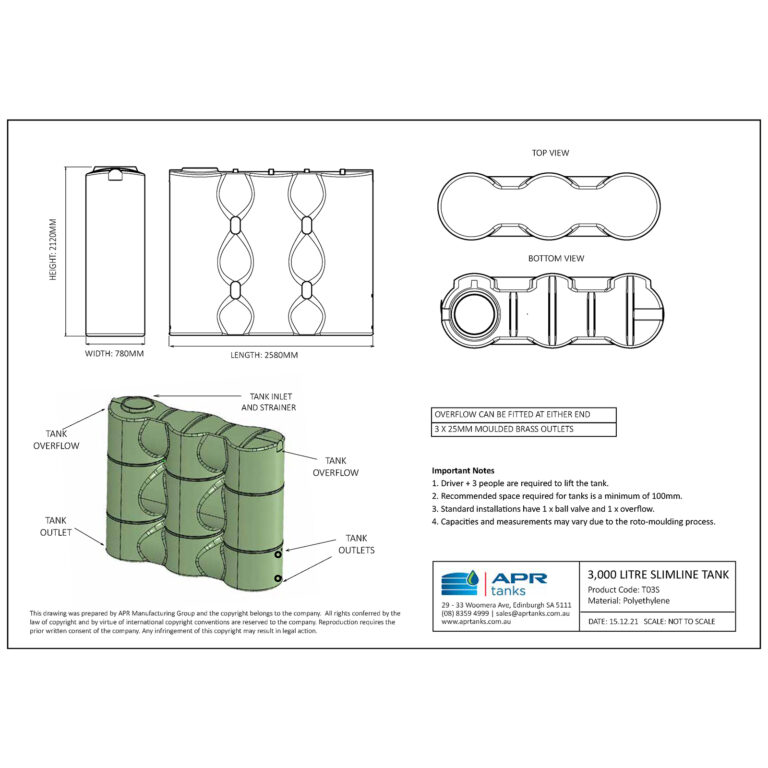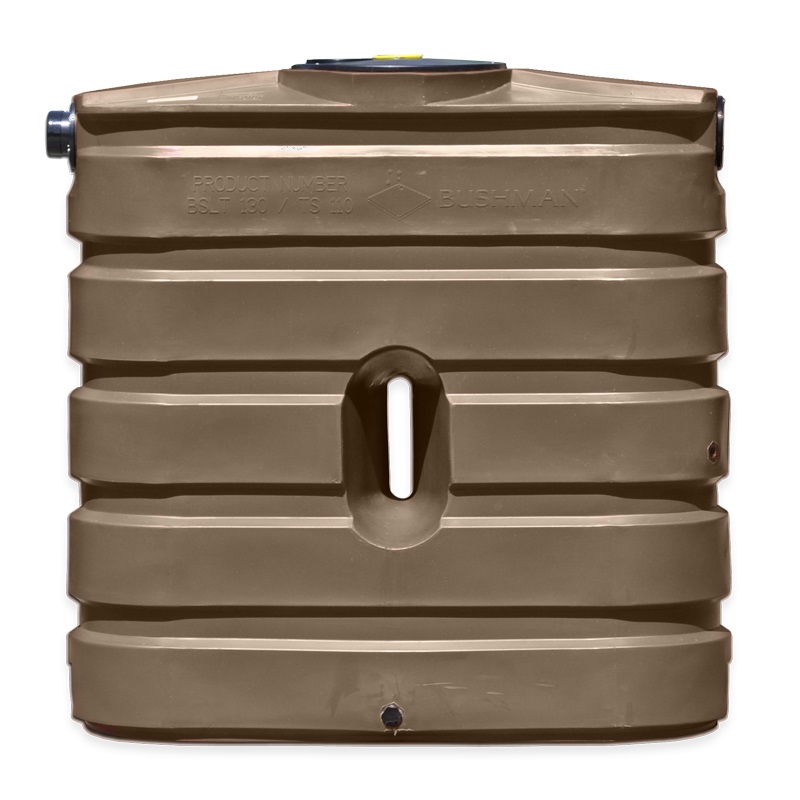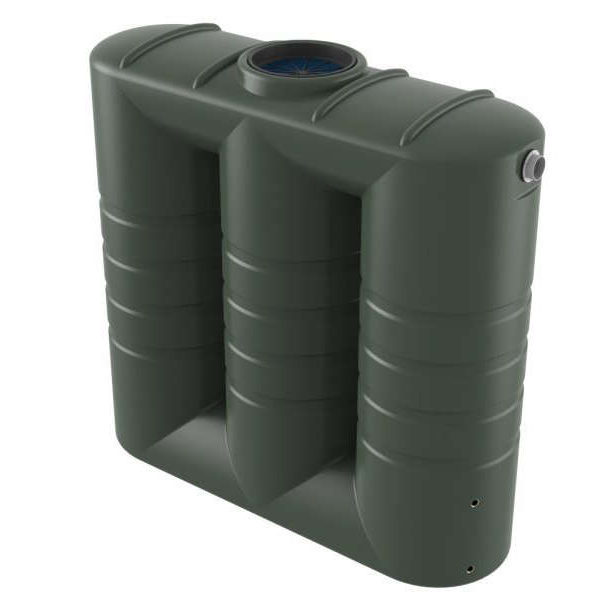Economical Slimline Water Tanks: Optimize Your Rain Harvesting
Economical Slimline Water Tanks: Optimize Your Rain Harvesting
Blog Article
Discovering the Various Uses of Rain Containers for Residential and Commercial Residences
As the international focus on sustainable living practices continues to escalate, the utilization of rainwater tanks in both property and industrial settings has actually emerged as an essential service. These tanks use a reservoir for rain harvesting, offering a myriad of possible applications that prolong much beyond simple storage space. From irrigation to commode flushing and landscaping, the adaptability of rain storage tanks is vast. Their integration into commercial residential or commercial properties opens up a realm of opportunities for ecologically aware services. The complex uses of rain storage tanks offer an engaging case for their adoption, not only as a functional water-saving step yet additionally as a testament to responsible resource management.
Advantages of Using Rainwater Tanks
Using rainwater tanks supplies various advantages for both homes and communities in regards to water preservation and sustainability. One of the vital benefits of making use of rainwater storage tanks is the substantial decrease in dependence on mains water - Slimline water tanks. By recording and keeping rainwater for later usage, people and neighborhoods can lower their need for treated water, inevitably reducing the problem on water therapy centers and decreasing energy intake related to water transportation and therapy
Furthermore, rain gathering via storage tanks offers a reliable different water source during times of water constraints or scarcities. This stored rain can be used for different non-potable functions such as irrigation, flushing toilets, and cleaning garments, reducing the pressure on standard water resources. Additionally, utilizing rain tanks can bring about set you back savings for both families and neighborhoods by lowering water bills and reducing the requirement for costly facilities expansions to fulfill growing water needs.
Fundamentally, the use of rain containers offers a lasting and eco-friendly strategy to water administration, profiting both private customers and the broader neighborhood in terms of water preservation, cost-efficiency, and durability.
Rainwater Tank Usage in Watering
Given the advantages of rain containers in conserving water sources and lowering reliance on mains supply of water, a substantial application depends on making use of saved rainwater for irrigation objectives - Slimline water tanks. Rain collecting systems can properly accumulate and store rainwater, providing a sustainable water source for sprinkling gardens, lawns, and agricultural areas. By utilizing rainwater for watering, homeowner can reduce their dependence on cured water sources, causing set you back financial savings and ecological benefits

One of the main benefits of making use of rainwater for watering is its pureness. Rainwater is normally soft and without the chemicals and additives commonly discovered in mains water, making it optimal for beneficial plants without the threat of damaging impacts. Furthermore, rainwater goes to ambient temperature level, which can benefit plant growth by staying clear of temperature shocks that can accompany chilly mains water.
Rainwater Storage Tanks for Toilet Flushing

Executing rain tanks for commode flushing is a cost-efficient and environmentally friendly technique that can be quickly incorporated into both domestic and commercial buildings. The saved rainwater can be made use of to purge bathrooms by attaching the storage tank to the existing plumbing system. This easy yet effective service can significantly reduce water usage in a building, specifically in areas where water shortage is a worry.

Including Rain Storage Tanks in Landscape Design
These storage tanks can capture and save rain overflow from roofings, which can then be utilized for sprinkling yards, lawns, and plants. By making use of rain for watering purposes, building owners can decrease their dependence on municipal water resources, site link leading to set you back savings and conservation of valuable water sources.
Along with offering a sustainable water resource for landscaping demands, rainwater containers can also assist in managing stormwater overflow. By catching rain that would otherwise flow right into tornado drains pipes, these tanks can minimize erosion, lower flooding threats, and protect against contamination of all-natural water bodies. Additionally, including rain tanks in landscape design can add to the overall aesthetic appeal of the property, showcasing a dedication to environmental stewardship.
Commercial Applications of Rain Storage Tanks
Using rainwater tanks in commercial setups offers a sustainable option for anchor water management and conservation, profiting services and the atmosphere alike. Industrial applications of rainwater tanks are varied and increasingly popular due to the price financial savings and ecological advantages they give. One key commercial use is for watering purposes, where collected rainwater can be used to water landscaping, yards, and farming areas surrounding industrial buildings. This can lead to significant reductions in water bills and reliance on community water resources.
In addition, rain gathered in storage tanks can be dealt with and utilized for non-potable objectives within commercial residential properties, such as flushing commodes, cleansing, and cooling systems. On the whole, the unification of rain tanks in business setups offers a practical and ecologically accountable strategy to water monitoring.
Conclusion
In verdict, rainwater containers offer countless benefits for both property and business residential or commercial properties. From watering to commode flushing and landscaping, the use of rain storage tanks can aid preserve water resources and lower water bills. Furthermore, integrating rainwater tanks in more helpful hints commercial setups can bring about significant cost savings and ecological advantages. In general, the versatility and sustainability of rainwater tanks make them an important investment for any property proprietor looking to increase water performance.
Report this page